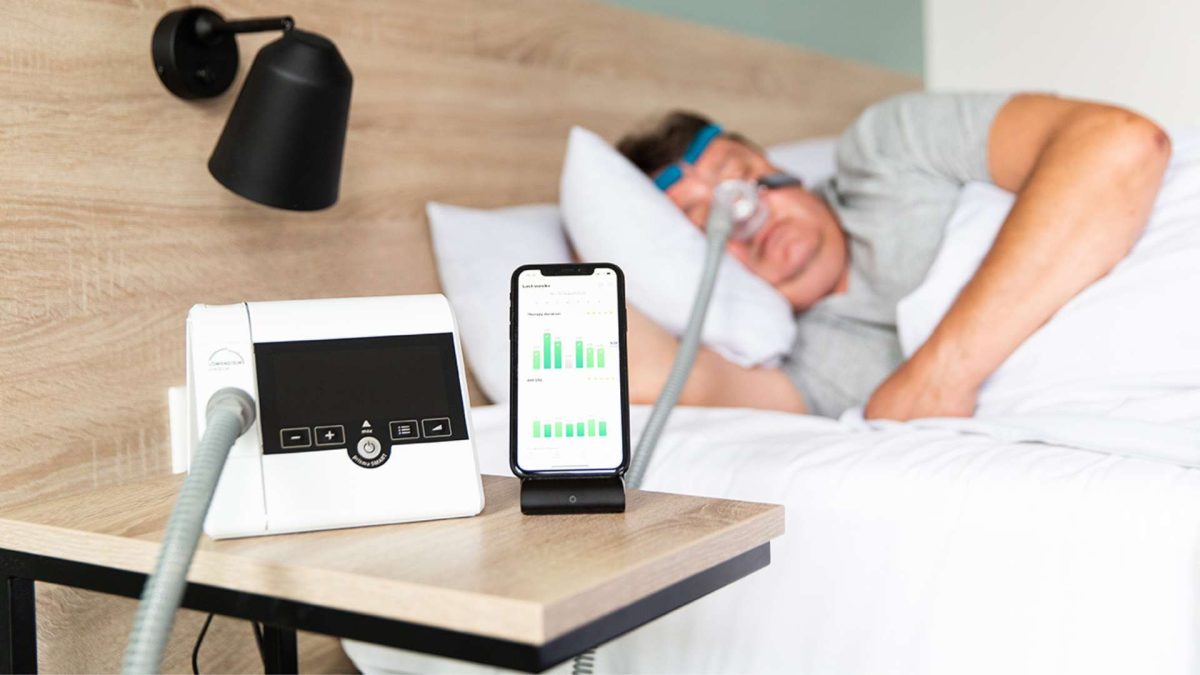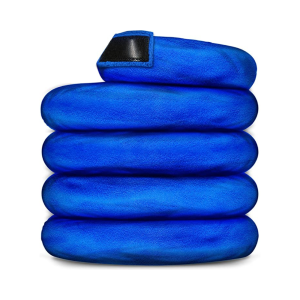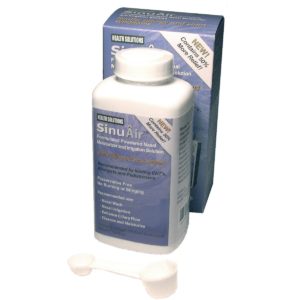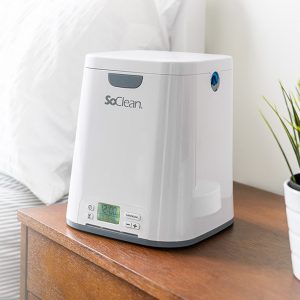Fact Checked
Intus Healthcare’s writers, customer service team, and sleep experts review and ensure this information is accurate.
Last updated on January 29th, 2024 at 10:42 am
Does cold weather affect Sleep Apnoea?
You may wonder if your Obstructive Sleep Apnoea (OSA) will worsen in the winter months.
Morning headaches, daytime sleepiness, and other OSA symptoms can worsen during colder weather. Studies show that OSA does worsen in winter due to the colder temperatures and the effects this has on the body1.
Let’s take a closer look at the studies supporting an increase in Sleep Apnoea severity during winter.
The link between Sleep Apnoea and Winter
A study in 2012 found that Sleep Apnoea severity may be associated with other seasonal epidemiologic phenomena. The study used 7,523 patients and found that the Apnoea Hypopnoea Index (AHI) had a 20% surge in breathing pauses during the Winter months (compared to the previous months). The results support that using a CPAP machine or alternative treatments during the winter months is crucial.
The study found the average number of interruptions to sleep each hour also rose in the Winter to 18 times an hour from 15. Sleep is vital to our immune systems, and research has found that participants who slept for 6 hours or less on average were 4.2 times more likely to develop a cold compared to those who slept for 7 hours or more2. Stuffy noses and congestion can make using a CPAP machine uncomfortable
Why Sleep Apnoea May Get Worse in Winter
There may be several reasons why your Sleep Apnoea is getting worse during winter. As the temperature drops, it is natural for more illnesses and colds to circulate, increasing the chances of catching them.
These can affect your sinuses and cause nasal congestion, blocking your nose and making breathing difficult. Congestion adds to airway obstruction as it blocks the upper airways while you sleep, increasing symptoms.
The colder weather sees drier air, and some heating systems can also exacerbate this. Using a wood burner to heat your home can also create air conditions which worsen your Sleep Apnoea symptoms.
Less moisture in the air can result in more discomfort and congestion in the airways as the mucous membranes in the nasal passage dry up.
Although you should not overheat the bedroom, a cosy temperature with the windows shut helps maintain the ambient temperature of the air in the CPAP tubing.
We offer a range of sinus and nasal care products to relieve congestion. The SinuPulse Nasal Irrigator treats a range of sinus and nasal issues, such as:
Winter adjustments to help Sleep Apnoea
Studies point to an increase in the reported severity of OSA symptoms in winter. It is worth remembering the factors that can increase the development of OSA, including being overweight, smoking and consuming alcohol.
Other adjustments may lessen the impact the winter season has on your symptoms. Here are some tips:
- It can be very tempting to hike up the thermostat in the home and make your rooms hot. However, try to resist this temptation for the bedroom and look for a more comfortable, cooler temperature which encourages sleep.
- Admittedly, staying free of colds and illness can be hard during Winter. But ensuring you maintain a well-balanced diet avoiding foods that affect your sleep, and exercising even though the days are shorter helps boost your immune system.
- The dark nights also signal less sunlight, an essential source of vitamin D. Find time in the day to get outside, even for a brief walk, as direct sunlight can help improve your sleep and overall mood or consider taking Vitamin D supplements.
- Avoid using smart devices before you sleep, as blue light from electronic screens can make it difficult to fall asleep.
- If you suffer from a cold, flu, or a stuffy nose, elevate your head with a pillow to open your airway.
If you continue struggling with worsening OSA symptoms over the winter months, consult your doctor to see if you need to amend your treatment. If your symptoms worsen, whichever treatment plan you are on will be less effective, and it will need to be addressed.
Why using your CPAP in Winter is important
Various therapies for managing Sleep Apnoea exist, with CPAP therapy being one of the leading solutions. According to the Sleep Apnoea Trust, around 700,000 people in the UK successfully use CPAP therapy.
Continuing your CPAP therapy over the winter is essential to prevent the symptoms from returning and other serious health issues from developing. The Sleep Apnoea Trust estimates that 30% of people prescribed a CPAP machine stop using it3.
The dryness of winter air can cause increased discomfort in the airways, which may discourage you from using your CPAP equipment consistently every night. Here’s how you can add comfort during the colder months:
Add a heated humidifier
A CPAP humidifier can warm and moisten the air you breathe through your mask. Most modern machines are supplied with a humidifier with settings that can be adjusted depending on your desired moisture level. For example, the Fisher and Paykel SleepStyle device has an integrated humidifier and the ResMed AirSense 10 has an optional HumidAir humidifier that can be added.
Related articles:
CPAP therapy and a dry mouth
In winter, around 40% of CPAP users say they experience a dry mouth which can lead to other problems, including inflammation, sinus infections, congestion and bad breath.
Therefore, using a heated humidifier can be beneficial in resolving these issues.
One thing to look out for when using a humidifier is “rainout”. This occurs when the air temperature decreases — although the CPAP machine is warmer than the air in the room. As the temperature of the air drops, water droplets form in the CPAP tubing, which can get in the CPAP mask.
How to stop Rainout
- Keep your CPAP tube warm by covering it with a CPAP hose fleece.
- Keep it below your head level while sleeping.
- Use a heated tube such as the universal hybernite heated hose, which is compatible with most machines.
CPAP masks for the winter
There are different types of CPAP masks, but which is best for the winter?
As you develop a cold, the congestion makes breathing through your nose harder, and you start breathing through your mouth.
If you only have anasal CPAP mask, the air from your device can be lost through the mouth, making the treatment ineffective.
Losing air through the mouth also means the warm, moist air from the lungs is not exhaled through the nose, which can lead to dry nasal passages.
A full face mask during the cooler months can make CPAP therapy more comfortable and make you more likely to continue with the treatment.
Alternatively, you could use a CPAP chin strap with your nasal cushion or nasal pillow mask. A chin strap will hold your mouth closed so you breathe through your nose only.
Please remember to clean your mask daily through the winter months to reduce the chance of illness from accumulated germs.
Read our simple cleaning guide here: What is the best way to clean my CPAP machine?
CPAP smartphone monitoring
CPAP therapy has been adapted and updated to be more comfortable over the years. User software has improved to make usability easier and assist with CPAP readings.
CPAP guidance has evolved into smart device apps that let you track and manage your therapy so you know what goes wrong throughout the year.
These include:
- ResMed myAir app
- F&P myMask app
- Sefam Access app
- F&P SleepStyle app
- Philips Respironics DreamMapper app
Please note: These apps are only compatible with specific brand equipment.

Round up
Colds and sinus problems can make breathing difficult and can make Sleep Apnoea worse in winter. You may feel the last thing you want to do when your airways are congested is to use CPAP, but it is important to persevere with the therapy to ensure effective treatment. By using your machine, you are more likely to have a good night’s sleep, which boosts your immune system to help treat your cold or other illness.
CPAP can help break up congestion and relieve sore or dry throats. If you need to make your therapy more comfortable when you have a cold, you can try a saline nasal spray or a decongestant to ease any inflammation in the airways.
Related article: Should I use my CPAP when I have a cold?
Contact us if you need any help with your OSA.
REFERENCES
- Cassol, C.M. et al. (2012) ‘Is sleep apnea a winter disease?’, Chest, 142(6), pp. 1499–1507. doi:10.1378/chest.11-0493.
- Prather, A.A. et al. (2015) ‘Behaviorally assessed sleep and susceptibility to the common cold’, Sleep, 38(9), pp. 1353–1359. doi:10.5665/sleep.4968.
- Ghosh, D., Allgar, V. and Elliott, M.W. (2013) ‘Identifying poor compliance with CPAP in obstructive sleep apnoea: A simple prediction equation using data after a two week trial’, Respiratory Medicine, 107(6), pp. 936–942. doi:10.1016/j.rmed.2012.10.008.
- EasyBreath (2014) Do I need a CPAP humidifier? , Easy Breathe Blog. Available at: https://blog.easybreathe.com/heated-humidification-can-offer-cozy-nights-sleep-right/ (Accessed: 29 June 2023).











